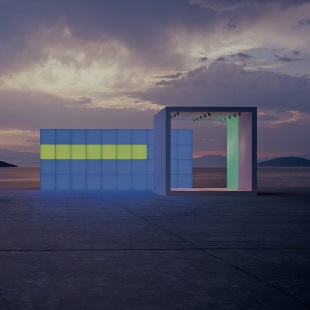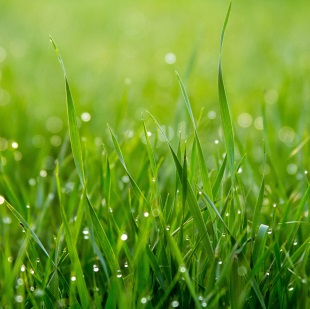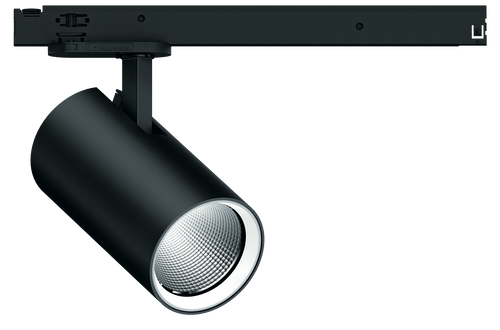Informational hub containing links to Zumtobel's global sustainability approach, goals, and commitments.
Visit our DECLARE page for details about our SLOTLIGHT III, MELLOW LIGHT IV, ONDARIA, LINCOR, and PANOS family's labels.
OUR APPROACH

Sustainability is part of our company’s strategy.
We value and respect the planet we inhabit. This is why we are committed to doing our part and making the world a better place – for us and generations to come.
By working together we strive to establish a stable environmental, economic and social framework.
OUR GOALS

Through reducing our energy consumption, switching to renewable energies and optimising our mobility, we want to be climate neutral by 2025.
Through rethinking life cycles to give products a second, third or fourth life by recycling, refurbishing and reusing, we want to establish a circular economy.
Through working on sustainable procurement with our clients, offering our employees an excellent workplace and inspiring customers not only with our light, but also supporting them in their sustainability activities, we want to become a partner of choice.
We also want these goals and the resulting solutions to help our customers with their sustainability strategies – because through light, we care.
SUSTAINABLE PROJECTS

In our long-standing collaboration with leading architects, lighting designers and artists around the world, we support their sustainable projects where light and architecture are in harmony.
One example, opened in 2017, Freiburg City Hall is the first of its kind in Germany: a net plus-energy administrative building. A notable feature of the building is that it generates more energy than it consumes.
LEARN MORE
EPD INFORMATION

What is an EPD?
The Environmental Product Declaration (EPD) is a product-specific datasheet which lists in detail all traces left by the product in the environment over its entire life cycle, considering e. g. the following:
- Which raw materials are processed?
- How much energy is required throughout the life cycle: raw material supply, production, transport, use-stage and waste disposal
- How much is reclaimed through recycling?
The EPDs are based on EN ISO 14025 and EN 15804. The information given by an EPD is relevant not only for environmental certifications such as LEED or ÖGNI. It is also a sound basis that helps green-minded customers to make their decisions. The Institut für Bauen und Umwelt e. V. (IBU - Institute for Construction and Environment) is the program holder defining the rules for the calculations and verifying our ZG EPD-system.
The verification of the ZG EPD-system is done by third-party on regular basis and the declarations bear the independent auditor's signature.
Contact Us for a specific EPD
What is a Circular Economy?
A circular economy combines economic growth with the most minimal possible consumption of natural, non-renewable resources. The goal of a circular economy is to consume natural raw materials effectively and sustainably. The focus is on recycling and reusing the already utilized raw materials within the cycle (sustainable), as well as avoiding waste (effective). The Ellen MacArthur Foundation is an excellent information resource.
From a linear to a circular economy
In a circular economy, waste will be avoided, material will be recycled and reused. In this context, the 3Rs principle is well known: Reduce -> Reuse -> Recycle.
In a linear economy, often referred to as a "single-use culture", products are produced, used and disposed of. The reuse of materials is not the focus.
In a circular economy, resources are chosen wisely, the product is built in such a way that it can be disassembled again. The end of the product's life is at the same time a new beginning, because the materials used are to be returned to the material cycle. This saves valuable resources and reduces waste.
Circular Economy aspects in product development
According to the European Commission, 80% of the environmental impact of a product is determined during product development. Anchoring circular design principles in product planning is therefore one of the strategic goals that the European Commission has addressed in the Circular Economy Action Plan. For companies, circular design is a future-oriented innovation tool.
Zumtobel has begun utilizing the Circular Design Rules. These rules were developed in cooperation with EPEA Switzerland (the cradle of Cradle-to-Cradle) and the design studio EOOS.
The VIVO II (to be introduced later this year in the US) product family served as a pilot for the development of this ruleset. Our new products will be created following the Circular Design Rules, taking the following aspects into account:
Circular Sourcing - Material Composition and Contents
Circular Design - Constructed for disassembly
Circular Systems - From an ending to a new beginning
Contact your Zumtobel regional sales manager with any questions.

